Turn even the most basic tiles into a design highlight by laying them in an interesting pattern.
So you've finally selected a dream tile for your home renovation. Then comes another decision: which tile pattern should you use?
Depending on the shape, size and colour of your chosen tile, there are myriad patterns you can use to create either maximum impact, or have them completely disappear from view.
If you're looking to use a pattern other than a conventional "stretcher bond" or brick wall lay, consider it at length before you buy your feature tiles. Selecting a more complicated pattern may impact the size and style of tiles you buy.
Think outside the square with the use of traditional designs with modern colours or patterned tiles, starting with these 10 classic tile patterns.
1. STRAIGHT LAY (GRID)
Perhaps the most versatile tile pattern, the straight lay has been a mainstay in kitchens, bathrooms and laundries for decades. Most recently, it has been a popular pattern for those embracing both the square tile trend and the finger tile trend.
This is also a great option for DIY renovators, as the pattern is relatively simple to achieve.
DIY tiling tip - A plain pattern will be straightforward for a DIY renovator to install, but always ensure that you take your room measurements into the tiling store and enlist the help of your supplier to double-check measurements and calculations before finalising an order.
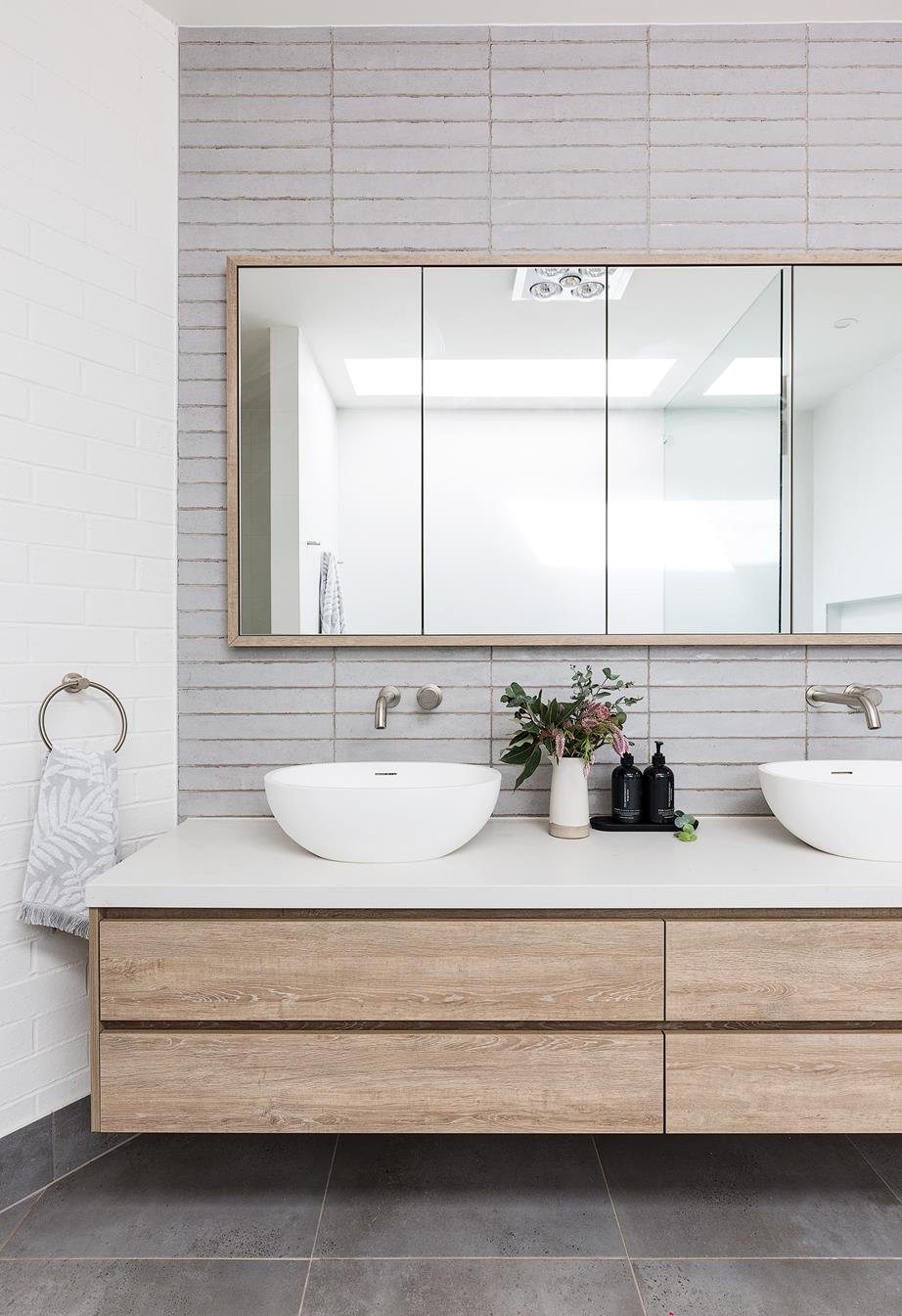
2. PINWHEEL (OR HOPSCOTCH)
When using large format tiles, the pinwheel pattern can create an interesting yet subtle, relaxed look. To prevent this pattern from feeling like something out of a dated, 1970s bathroom, opt for medium- to large-sized tiles and keep the colour scheme light and simple.
This pattern uses three tiles: a large square, a small square and a rectangle.
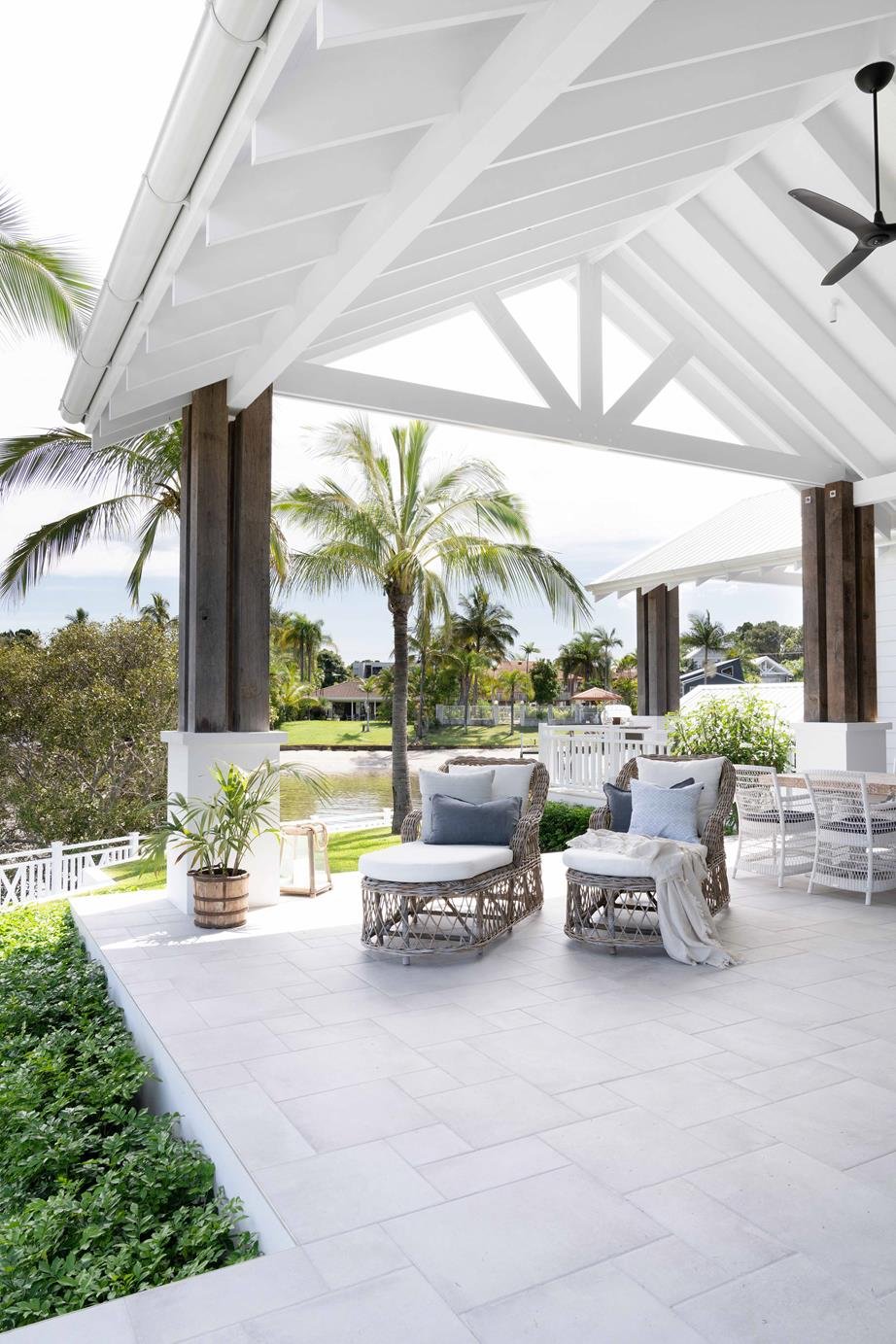
3. STRETCHER OR RUNNING BOND/BRICK WALL
Subway tiles laid in a brick pattern are perhaps the most easily recognisable example of a running bond or brick wall design.
In this pattern, rows of tiles offset by exactly half the width of the next row. Running bond is easy to install, economical and flexible with little wastage and is perfect for either square or rectangular tiles.
Running bond can also be laid vertically, to accentuate the height of a room.

4. HERRINGBONE
This style features rectangular tiles laid at 45 degrees to the wall to produce a v-shaped pattern resembling wood parquet flooring.
Herringbone is a classic pattern that looks fantastic in many settings including: period homes, as a splashback in a shaker-style kitchen or in the laundry of a contemporary Hamptons home. It is especially suited to marble tiles.
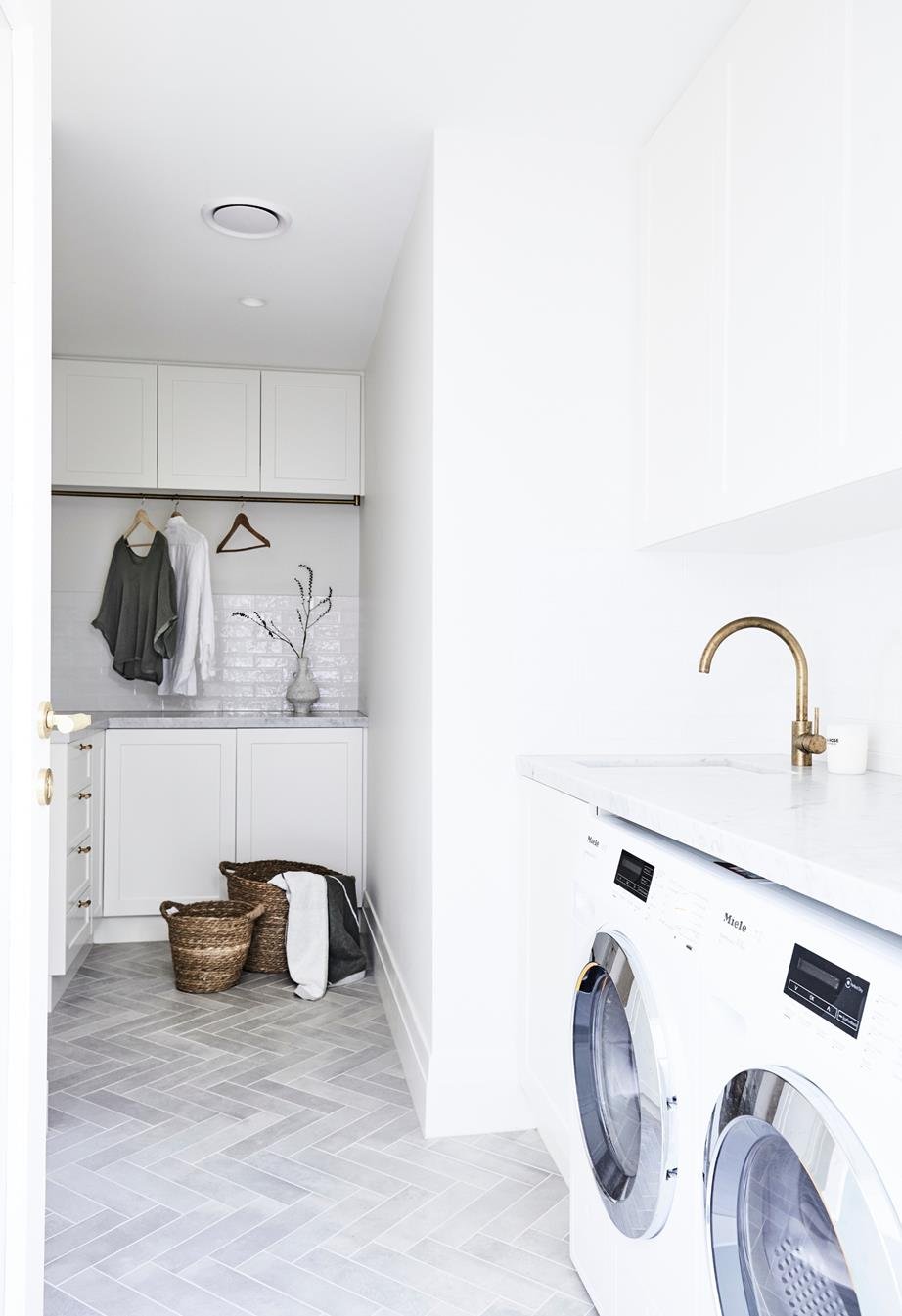
5. CHEVRON
The chevron pattern is often confused with herringbone, but the difference is that the chevron design uses parallelogram-shaped tiles laid in a w-shaped formation.
Depending on the tiles you select, it can either have a subtle, directional impact on a room, or create a bold statement as a feature wall.
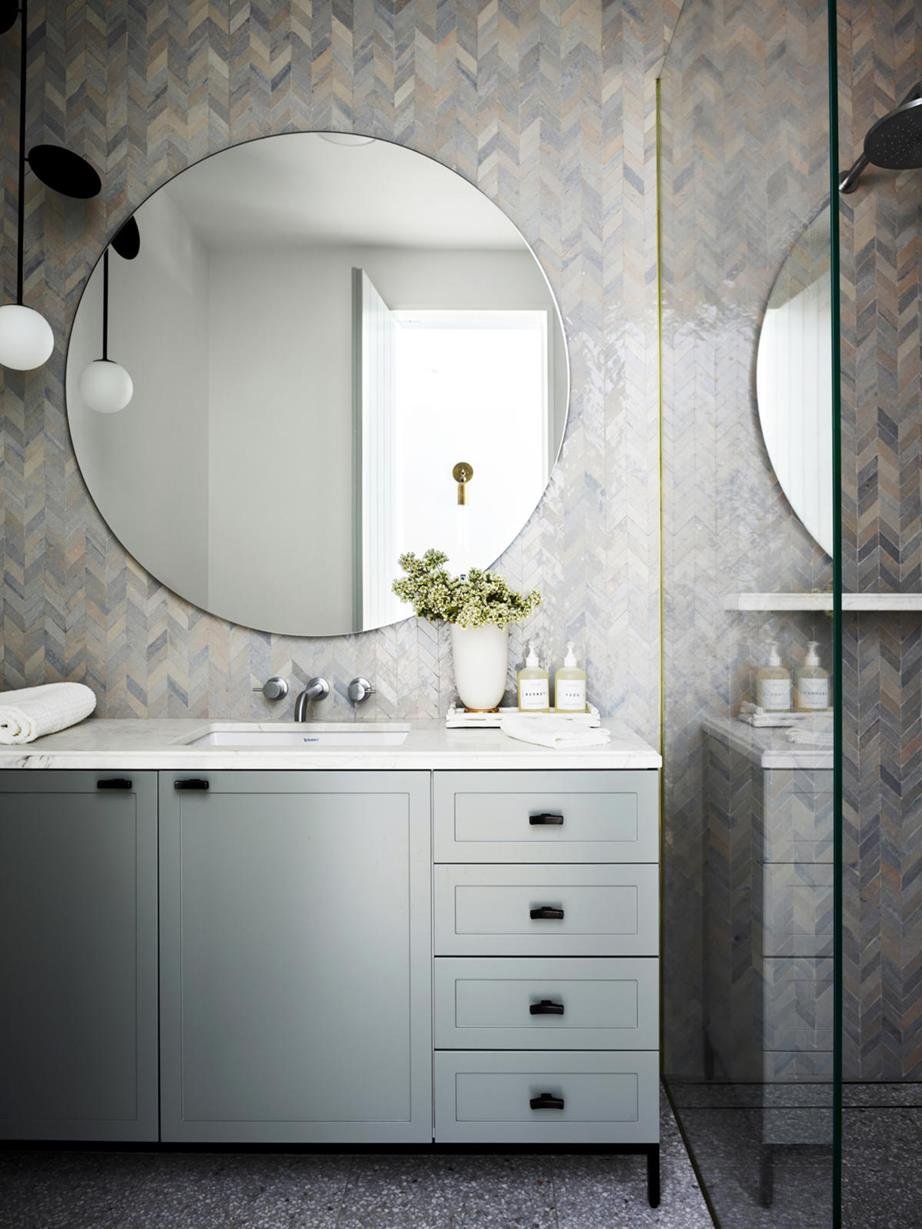
6. FRENCH (STAGGERED)
The French, staggered pattern uses four tiles (one large square, one small square, one large rectangle, one small rectangle) to create a rustic look.
It's a divisive pattern that can either look fabulous or dated, depending on the context of the room. Creating a sense of character can be difficult when building a brand new home, for example, so laying textural, neutral tiles in a staggered configuration can create a sense of permanence and pedigree.
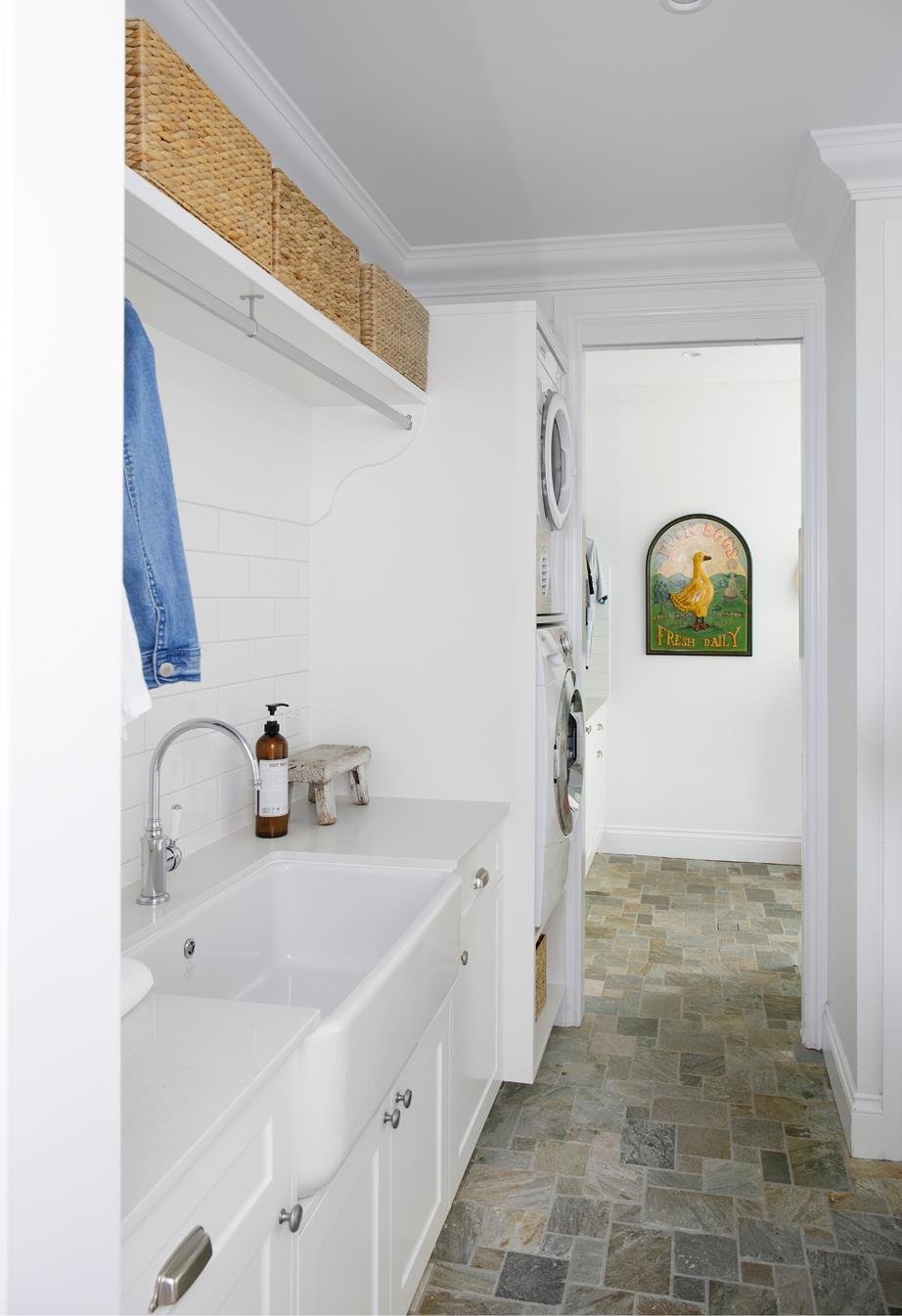
7. BASKETWEAVE
A basketweave tile pattern consists of pairs of rectangular tiles laid at 90 degrees to one another. This pattern is simple for a DIY-er to achieve and is a step up from a basic pattern.
When renovating a kitchen or bathroom on a budget, opting for expensive or handmade tiles just isn't an option. Using a basketweave pattern is a great way to create interest with an inexpensive tile choice. Plus, it's a DIY-friendly pattern anyone can install.
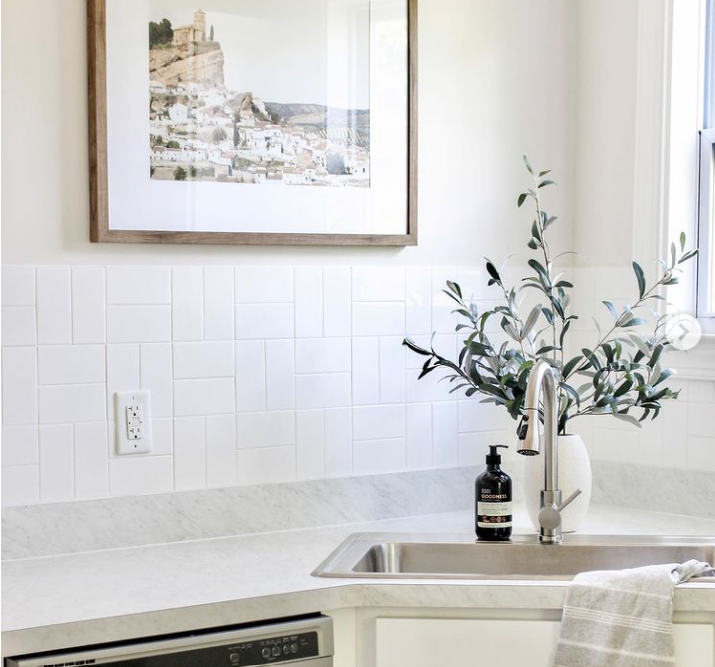
8. HARLEQUIN
The Harlequin tile pattern usually features square tiles laid in a straight grid pattern. The difference between this pattern and a grid pattern is that the tiles are laid at a 45 degree angle to the wall.
Checkers are enjoying a resurgence in interior design, which is why you're bound to see this tile pattern with increasing frequency. For a classic look, opt for black and white marble tiles. For a more updated look, try pairing a crisp white tile with a soft pastel, a look Three Birds Renovations embraced when building a resort-style home on the outskirts of Sydney.

9. WINDMILL
Windmill is an old fashioned pattern that uses a combination of rectangular brick tiles around a central square tile. Looks great with contrasting colours. Often supplied ready-made onto mesh.
It may be considered old-fashioned, but this design is currently making a comeback, particularly in homes with either a modern Mediterranean aesthetic, or a textural, all-neutral palette. The key here is to select a handmade tile and embrace all of the imperfections that come with it.
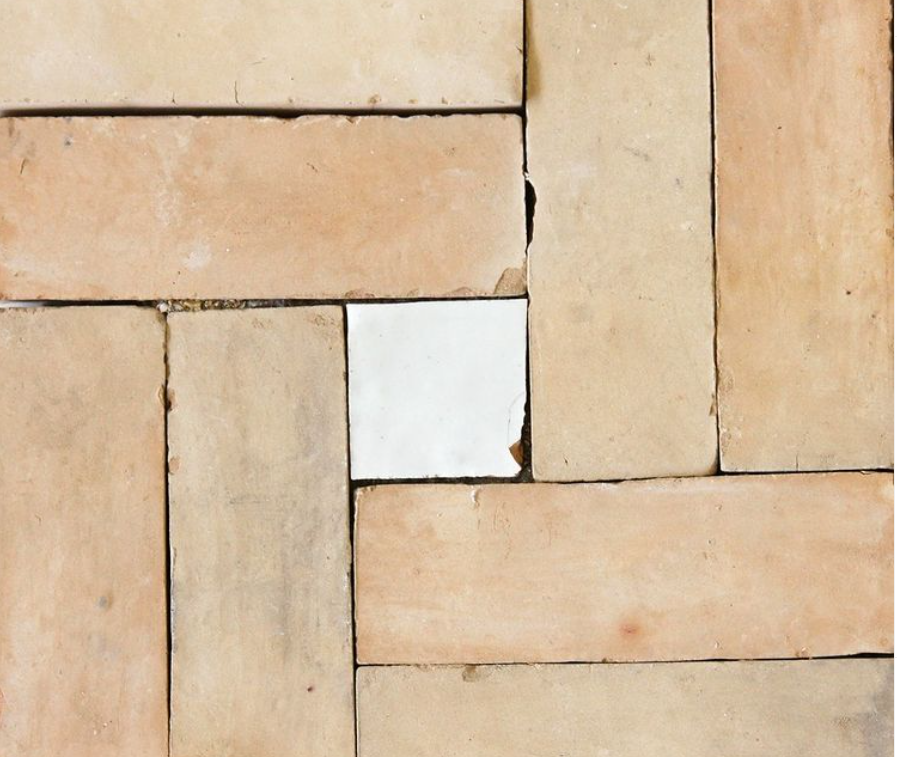
10. TESSELLATION
A tessellating tile pattern uses more than one shape to create a three-dimensional design.
You may associate a tessellating tile pattern with the verandahs of grand, heritage homes, but as designers move away from mass-produced tiles for a more custom, handmade look, it's only a matter of time before this tiling pattern makes a comeback. Interior designer Kate Walker embraced tessellating tile designs during the renovation of her home, Biscayne.
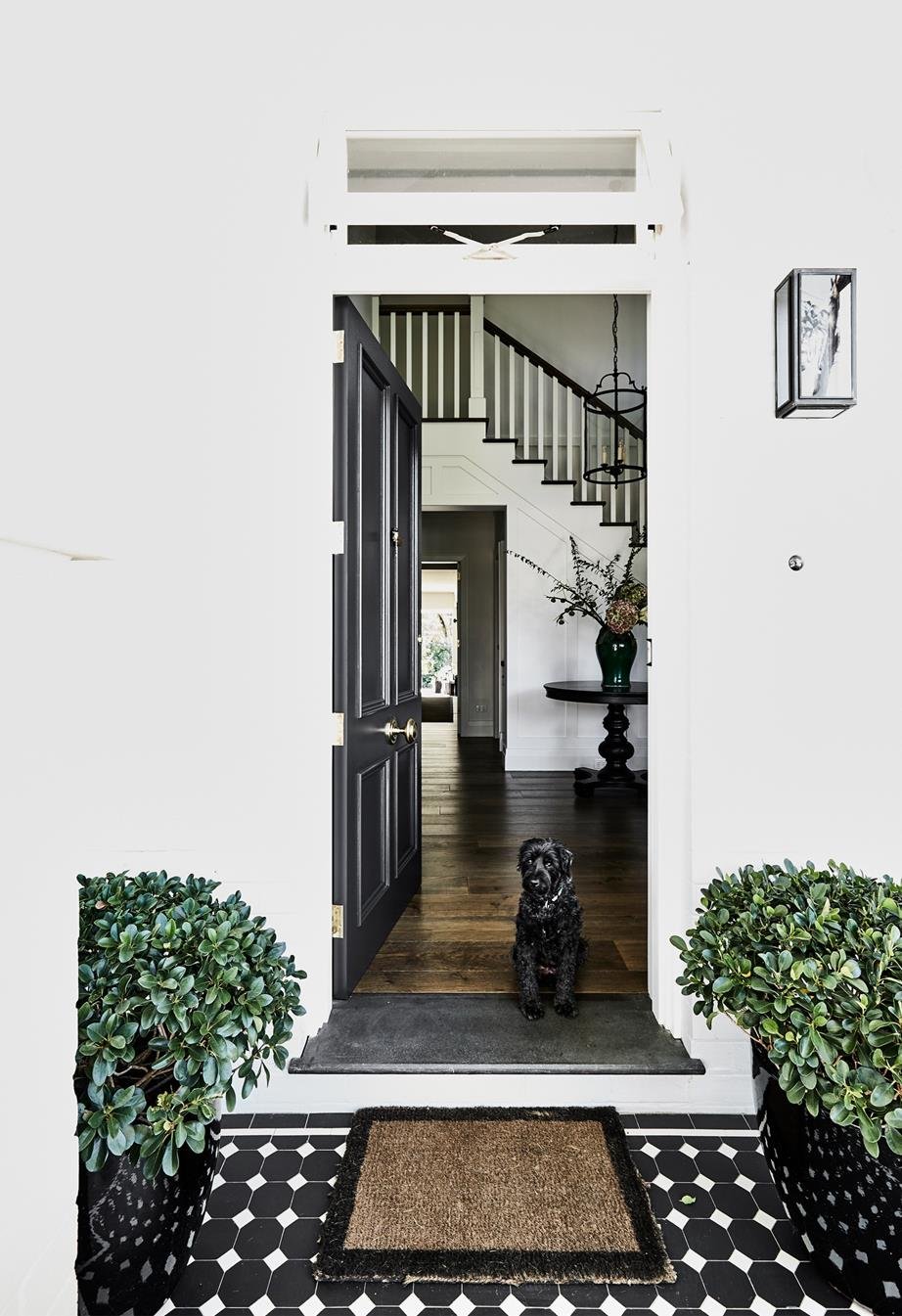
Source: Homes to love